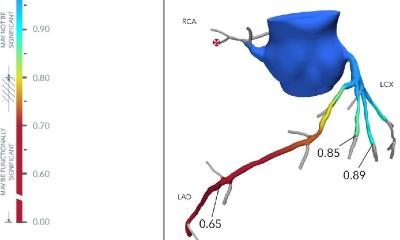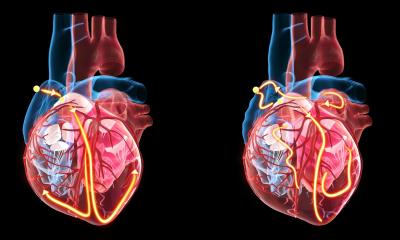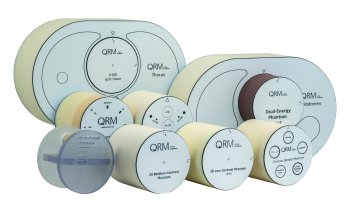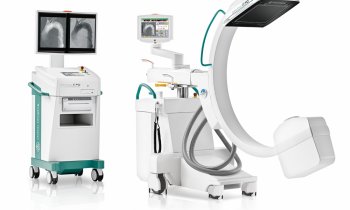TWA predicts mortality in patients with normal ejection fraction
An increased TWA (T-wave alternans) is a significant indicator of all-cause and cardiovascular mortality, as well as of sudden cardiac death in patients with mostly normal ejection fraction, according to a recently published study by researchers led by Dr Tuomo Nieminen.

Tampere University Hospital
‘The T-wave represents the electric repolarisation of the heart,’ Dr Nieminen explained. ‘Thus, alternans in the T-wave is a marker of an alternating repolarisation process, which might indicate cellular disturbances during repolarisation. This is important, since pathological repolarisation phase predisposes to ventricular arrhythmias. In general, the TWA measurement could be used for arrhythmic risk stratification, but it is also one of the diagnostic criteria for long QT interval syndrome, another repolarisation abnormality.
TWA can be measured with a regular electrocardiogram; no extra examinations are necessary. The possibility to measure the T-wave alternans is a special feature within normal ECG software.
There are two methods for TWA assessment: time-domain modified moving average (MMA) and spectral methods. Both methods seem to measure the same phenomenom. For our study, we used the GE Healthcare software embedded with the MMA method, which can be applied in routine exercise test protocol without stabilising the heart rate to any specific level.’
Several studies have proved the effectiveness of measuring TWA for prognoses. What makes this study different?
‘Essentially all previous studies included patients with an ejection fraction of less than 50 percent, which is called abnormal. But in our population this only refers to 13 percent of the patients.
In 2001, we launched the Finnish Cardiovascular Study (FINCAVAS), in which we enrol all volunteering patients performing a clinical exercise test at Tampere University Hospital. We use the standard protocols of the bicycle ergometer test, with an increasing load every minute. This TWA analysis aimed to test whether TWA predicts mortality in our study population. The results of the study show that the TWA measurement provides prognostic value also in patients with a normal ejection fraction.’
What consequences do these findings have for patients’ treatment?
‘Our results suggest that TWA identifies patients prone to sudden cardiac death at an earlier stage of cardiac disease than supposed before. It is the first but naturally important step to show that a certain marker is associated with mortality. Another equally important step will be to test whether the patients with such a pathological marker will benefit from treatment options, such as anti-arrhythmogenic pharmaceuticals, or an ICD implant. The results of our study did not answer that latter part, which is a big question for the future - studies are being planned and conducted to reach that goal.
We need to bear in mind that estimating the aggregate risk for sudden cardiac death should be based on several parameters. No single marker will suffice, but TWA seems to be a very good candidate to be involved!’
01.09.2007









